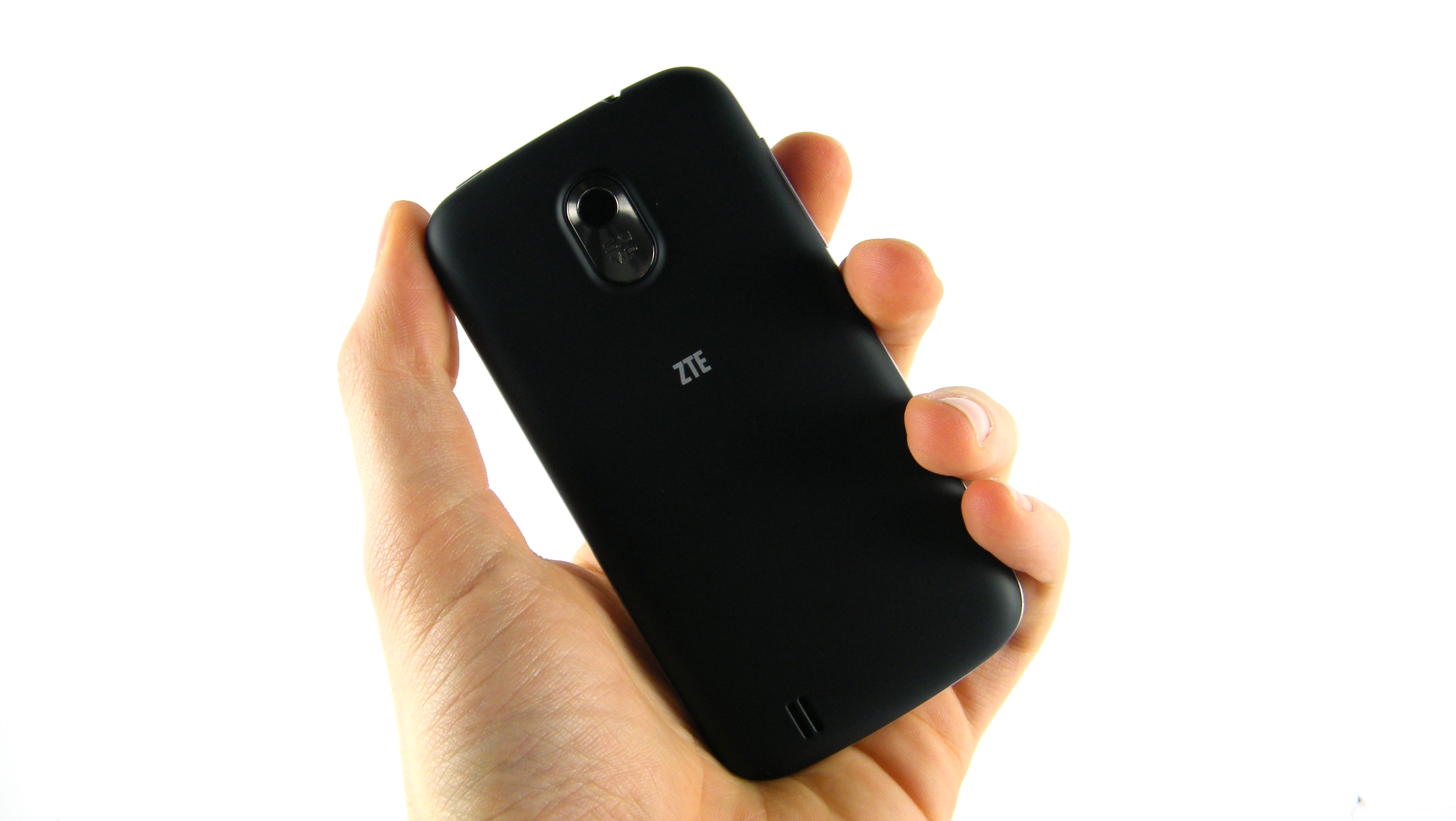TechRadar Verdict
The ZTE Blade 3 is a capable Android handset at a seriously low price. It's difficult to fault considering how little you'll pay for it. It's not the most attractive phone and won't win any prizes for speed, performance or screen quality, but it could be a perfect first smartphone.
Pros
- +
Cheap
- +
Sturdy
- +
Decent feature set
Cons
- -
Slow web browsing
- -
Basic camera
- -
UI isn't smooth
- -
No front facing camera
Why you can trust TechRadar
The ZTE Blade 3 is the latest smartphone from the Chinese firm intent on bringing customers great value for money at the bottom of the mobile market.
While ZTE and it's Chinese compatriot Huawei both say they're targeting the full smartphone spectrum with recent high-end handsets such as the Grand S and Ascend D2, the reality is that they are still primarily considered budget handset manufacturers.
The budget ethos rings true with the ZTE Blade 3 as it will only set you back £69.99, plus a £10 top up from Virgin Mobile.

One of the reasons ZTE is able to keep its costs down is the fact that the Blade 3 is designed and manufactured in China, with the cheap labour and parts reflected in the final price.
ZTE claims it's in talks with other mobile carriers about ranging the Blade 3, but for now only Virgin Mobile have the handset in store.

Although the price tag suggests that the Blade 3 is an entry level device it actually sits in the middle of ZTE's smartphone line up, with the high-end Grand series above and the super-budget ZTE Kis below it.
The mid-range tag becomes more apparent when you take a look at the specs with the Blade 3 sporting a 4-inch 480 x 800 display, 1GHz single-core processor, 512MB of RAM, 4GB of internal storage (although only 2.5GB is accessible) and a 1,600mAh battery.
Sign up for breaking news, reviews, opinion, top tech deals, and more.

It's not exactly a scintillating spec list, but considering the sub-£100 price tag you're getting a decent amount of bang for your buck.
This means the ZTE Blade 3 is going head to head with the slightly more expensive Huawei Ascend G330 and the likes of the HTC Desire C and Sony Xperia Miro, both of which will set you back around £100 more.

Indeed in terms of design there's little to choose between the Blade 3 and its Chinese counterpart the Ascend G330.
Measuring 120.5 x 63.5 x 10.85mm and weighing 133g the ZTE Blade 3 is a good size and weight with a well balanced finish reducing the risk of dropping the handset.
Unsurprisingly the Blade 3 has a noticeably plastic finish, although it's pretty sturdy and the slightly curved rubberised rear means it's easy to hold.

Up top there's a headphone jack and an easy to hit power/lock key, while down the left hand side is a volume rocker key with a microUSB port located on the base of the Blade 3.
Under the 4-inch display you'll find four touch buttons used to navigate around the Android 4.0.4 Ice Cream Sandwich operating system.

The keys are typical Android fare; menu, home, back and search and all were pretty responsive to our various pokes and prods.
The display on the Blade 3 is responsive and Android looks crisp and clear, although on closer inspection it's obviously not HD quality.
You can easily peel off the rear cover of the Blade 3 giving you access to the microSD slot and removable 1,600mAh battery which should see you through the day thanks to the modest innards and screen.

TechRadar's former Global Managing Editor, John has been a technology journalist for more than a decade, and over the years has built up a vast knowledge of the tech industry. He’s interviewed CEOs from some of the world’s biggest tech firms, visited their HQs, and appeared on live TV and radio, including Sky News, BBC News, BBC World News, Al Jazeera, LBC, and BBC Radio 4.
